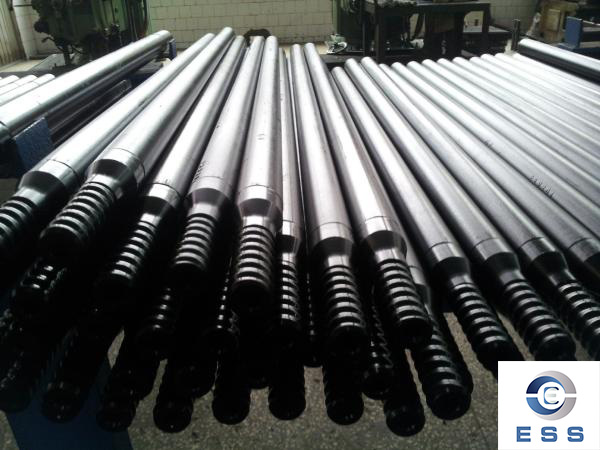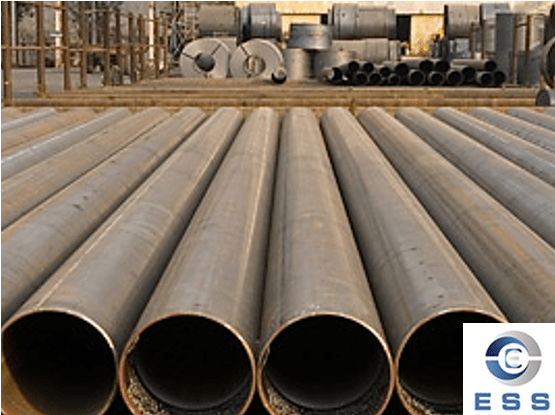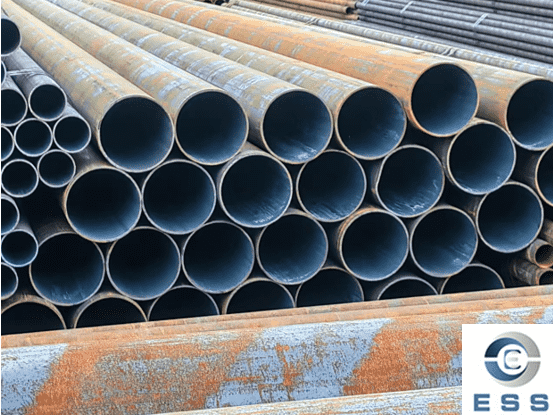
Drill pipe is an indispensable tool in oil extraction work, and it is subjected to complex working conditions such as high temperature and high pressure, strong drilling and rotation force. Therefore, the quality and safety of oil drill pipe is directly related to the stability and safety of extraction work. Casing, pup joints, tubing and drill string components (drill pipe, drill collar, square drill pipe, etc.) are collectively referred to as oil well pipe (OCTG).
How to use drill pipe
Choose drill pipe
1. Choose drill pipe of different materials and models according to the purpose of the drill pipe;
2. Confirm that the specifications and length of the drill pipe meet the requirements of the drilling depth;
3. Check whether the surface of the drill pipe is flat and durable, and whether there are obvious bumps or cracks.
Assembling drill pipe
1. Assemble according to the specifications and length of the drill pipe, and be careful not to use a drill pipe that is too long or too short;
2. Confirm that the drill pipe is tightly connected, not loose and can rotate smoothly;
3. Apply lubricating oil or grease to increase the service life of the drill pipe;
4. The length of the drill pipe should be assembled section by section according to the hole depth to ensure that the drill pipe will not break or get stuck during the drilling process.
Use drill pipe
1. Use the correct drill bit, and choose the appropriate drill bit according to the hole diameter and rock hardness;
2. For safe operation, you must wear protective equipment such as helmets, safety belts, and protective shoes to avoid contact with broken stones;
3. Pay attention to the rotation direction of the drill pipe, and make sure that the drill pipe rotates in the same direction as the drill bit, otherwise the pipe will be twisted or damaged;
4. Do not overload the drill pipe, otherwise its service life will be reduced.
Maintaining drill pipe
1. When the surface of the drill pipe is obviously damaged or worn, it should be replaced in time;
2. After each use, clean the dust and dirt on the surface of the drill pipe, and apply an appropriate amount of lubricating oil or grease;
3. When the drill pipe is not used for a long time, it should be placed in a dry and ventilated place, and apply anti-rust oil to prevent rust.
Precautions
1. According to the torque, push-pull force, and minimum allowable curvature radius, select the appropriate specification and model of drill pipe.
2. Avoid connecting large-diameter drill pips with small-diameter drill pipes (i.e., mixing large and small drill pipes) during construction to prevent small drill pipes from being broken or deformed due to insufficient strength.
3. When clamping the drill pipe with a vise, be careful not to clamp the female part of the female joint to prevent the female joint from being deformed by the clamp.
4. When installing the drill pipe, the preload force of the upper buckle should be controlled within 15MPa to prevent the difficulty of unloading the buckle due to excessive pressure. Avoid using fire to burn the joint, which will reduce the mechanical properties of the joint (especially the female joint) and affect the service life. Without pre-tightening, the threaded connection will swing, causing the threads to grind against each other and become sharp, and ridges will be generated on the side, resulting in thread damage or sticking. Without pre-tightening, the female buckle step is not tightened, which may cause fatigue fracture of the root of the male joint thread. Under the action of high-pressure fluid flow, the female joint is pierced, resulting in puncture corrosion, which is easy to cause longitudinal cracking of the female joint.
5. Before installing the drill pipe, clean the male and female buckles and apply thread oil (thread oil cannot be replaced by other waste oil or inferior pressure oil) to prevent premature wear or damage of the male and female buckles.
6. Before installing the drill pipe, make sure to clean the water channel hole to prevent debris from blocking the channel and causing the mud system to be pressurized.
7. Be careful not to force the threading. When threading, the male thread cannot impact the shoulder and thread of the female thread, and ensure that the male and female joints are aligned. Ensure the coaxiality of the drill rig's breaker and the main shaft of the power head.
8. Check the wear of various parts of the drill pipe. If abnormal wear occurs, find out the cause in time:
(1) Determine whether the drill pipe is scratched by sharp hard materials in the hole.
(2) Determine whether the drill pipe is scratched by the drill rig guide device.
(3) When the scratch marks on the drill pipe body are about 1mm deep and spiral in shape for more than one circle, please use it with caution. Prevent the drill pipe from being broken during construction and causing greater losses.
9. Pay attention to the damage of the drill bit short-circuit buckle (wrong thread, random thread, severe wear, etc.), and replace it in time to avoid damaging the drill pipe thread.
10. Pay attention to hoisting. Avoid impact damage to the male thread when transporting the drill pipe.
Conclusion
The above is a detailed introduction to the use of drill pipes. I hope it will be helpful to you. When using drill pipes, you must pay attention to safety. Only correct operation can effectively protect the life and property of the staff.













 Eastern Steel Manufacturing Co.,Ltd not only improve product production and sales services, but also provide additional value-added services. As long as you need, we can complete your specific needs together.
Eastern Steel Manufacturing Co.,Ltd not only improve product production and sales services, but also provide additional value-added services. As long as you need, we can complete your specific needs together.










